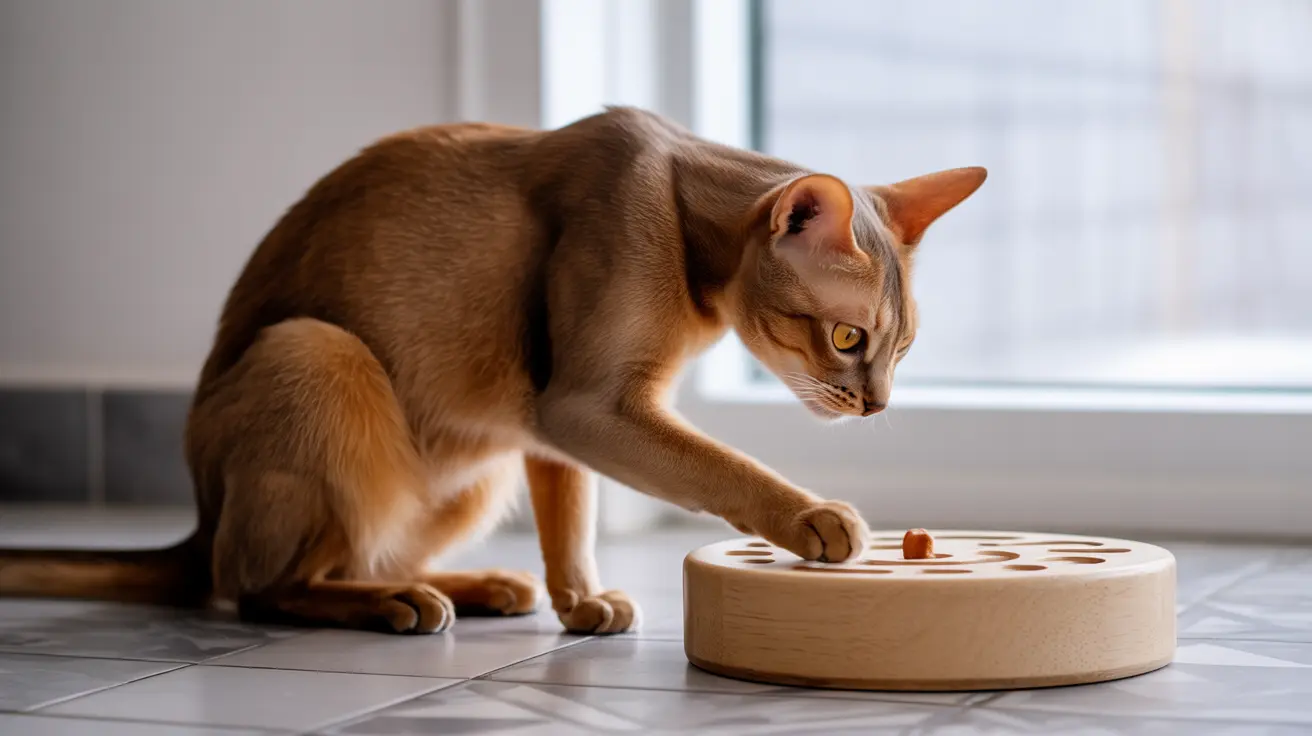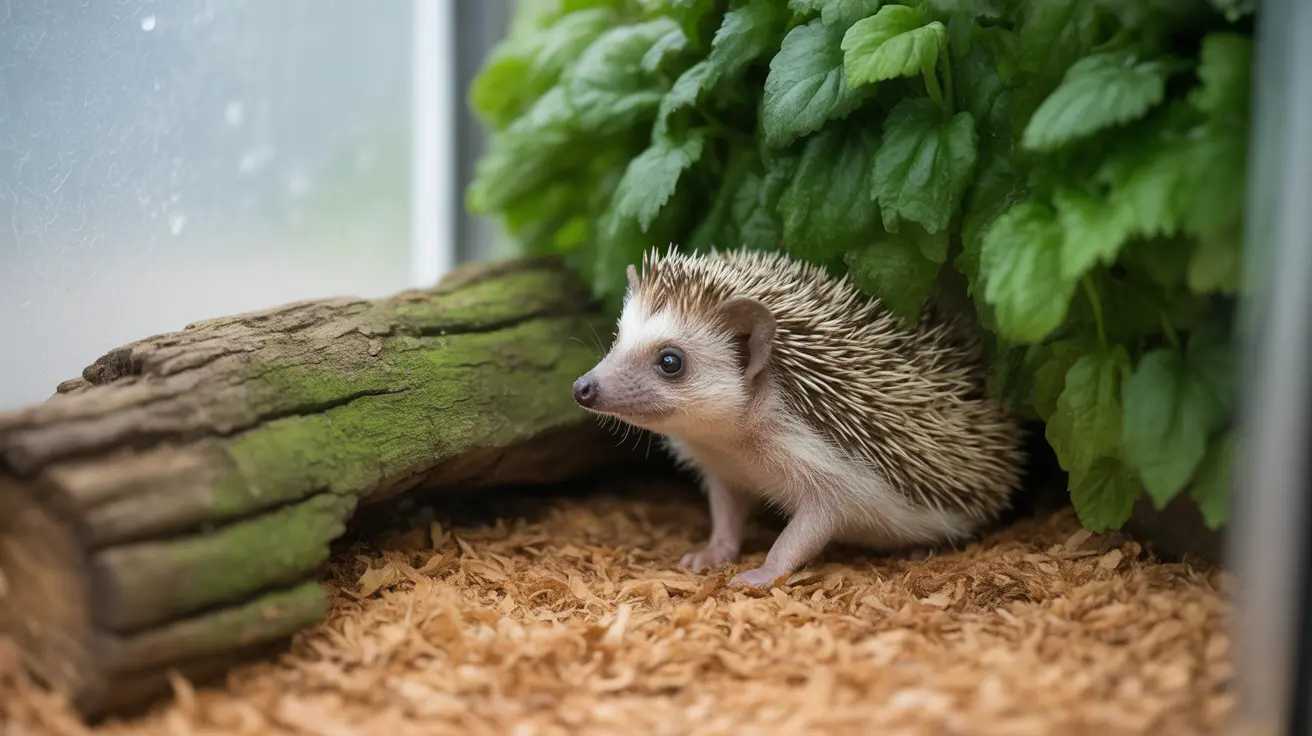If you've noticed your cat inhaling their food like it's their last meal, you might be wondering about slow feeders. These innovative feeding tools are becoming increasingly popular among cat owners, and for good reason. Slow feeders can transform your cat's eating habits, promoting better digestion and offering multiple health benefits.
In this comprehensive guide, we'll explore how slow feeders work, their benefits, and why they might be the solution your feline friend needs for healthier, more enriching mealtimes.
Understanding Slow Feeders for Cats
Slow feeders are specially designed food bowls or feeding systems that incorporate obstacles, ridges, or puzzle elements to prevent cats from eating too quickly. These devices come in various designs, from simple raised patterns to complex puzzle feeders, all aimed at making your cat work a little harder for their food.
The basic principle behind slow feeders is to mimic natural hunting and foraging behaviors, forcing cats to eat more deliberately and mindfully. This closely aligns with their natural instincts and can lead to improved digestion and better portion control.
Health Benefits of Slow Feeders
Improved Digestion and Reduced Vomiting
Many cats who eat too quickly experience digestive issues, including regurgitation and vomiting. Slow feeders help prevent these problems by forcing cats to eat at a more natural pace, allowing their digestive system to process food properly.
Weight Management and Obesity Prevention
Obesity is a growing concern among domestic cats. Slow feeders can help manage weight by:
- Controlling portion sizes
- Extending meal duration
- Allowing time for the feeling of fullness to register
- Preventing overconsumption
Mental Stimulation and Enrichment
Beyond physical health benefits, slow feeders provide valuable mental stimulation. They encourage problem-solving and natural foraging behaviors, helping to:
- Reduce boredom
- Decrease anxiety
- Provide environmental enrichment
- Support overall emotional well-being
Choosing the Right Slow Feeder
Types of Slow Feeders
Several options are available:
- Raised pattern bowls
- Maze-style feeders
- Interactive puzzle feeders
- Lick mats (ideal for wet food)
- Ball dispensers
Factors to Consider
When selecting a slow feeder, consider:
- Your cat's age and mobility
- Food type (wet vs. dry)
- Cleaning ease and durability
- Size and storage requirements
- Your cat's experience with puzzle feeders
Implementation Tips and Best Practices
Introducing a slow feeder requires patience and proper strategy:
- Start with a simple design
- Gradually increase difficulty
- Monitor your cat's adjustment
- Maintain consistent cleaning
- Place in a quiet feeding area
Frequently Asked Questions
How do slow feeders help prevent vomiting and digestive issues in cats?
Slow feeders prevent cats from gulping air while eating and force them to eat at a more manageable pace. This reduces the likelihood of regurgitation and allows proper digestion of food, significantly decreasing digestive issues.
Are slow feeders effective for managing weight and preventing obesity in cats?
Yes, slow feeders are effective for weight management. They extend feeding time, allowing the body's satiety signals to work properly, and help prevent overeating by controlling portions and eating speed.
What types of slow feeders work best for cats who eat too quickly?
For rapid eaters, maze-style feeders or bowls with raised patterns work best initially. These designs create natural barriers that force cats to slow down without being too challenging or frustrating.
How can slow feeders provide mental enrichment and reduce boredom for indoor cats?
Slow feeders engage cats' natural hunting and problem-solving instincts, providing mental stimulation during meals. This engagement helps reduce boredom and can prevent behavioral issues common in under-stimulated indoor cats.
What should I consider when introducing a slow feeder to my cat's mealtime routine?
Start with a simple design and gradually transition to more complex feeders. Ensure the feeder is appropriate for your cat's size and mobility, and maintain regular cleaning. Monitor your cat's adjustment and ensure they're getting enough food during the transition period.
Conclusion
Slow feeders can be an excellent investment in your cat's health and well-being. They offer numerous benefits, from improved digestion to mental stimulation, making mealtime both healthier and more engaging for your feline companion. With proper selection and introduction, a slow feeder can become an essential part of your cat's daily routine.






